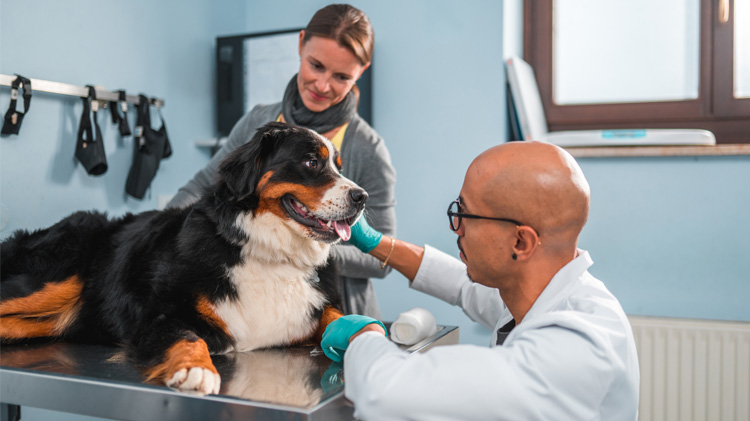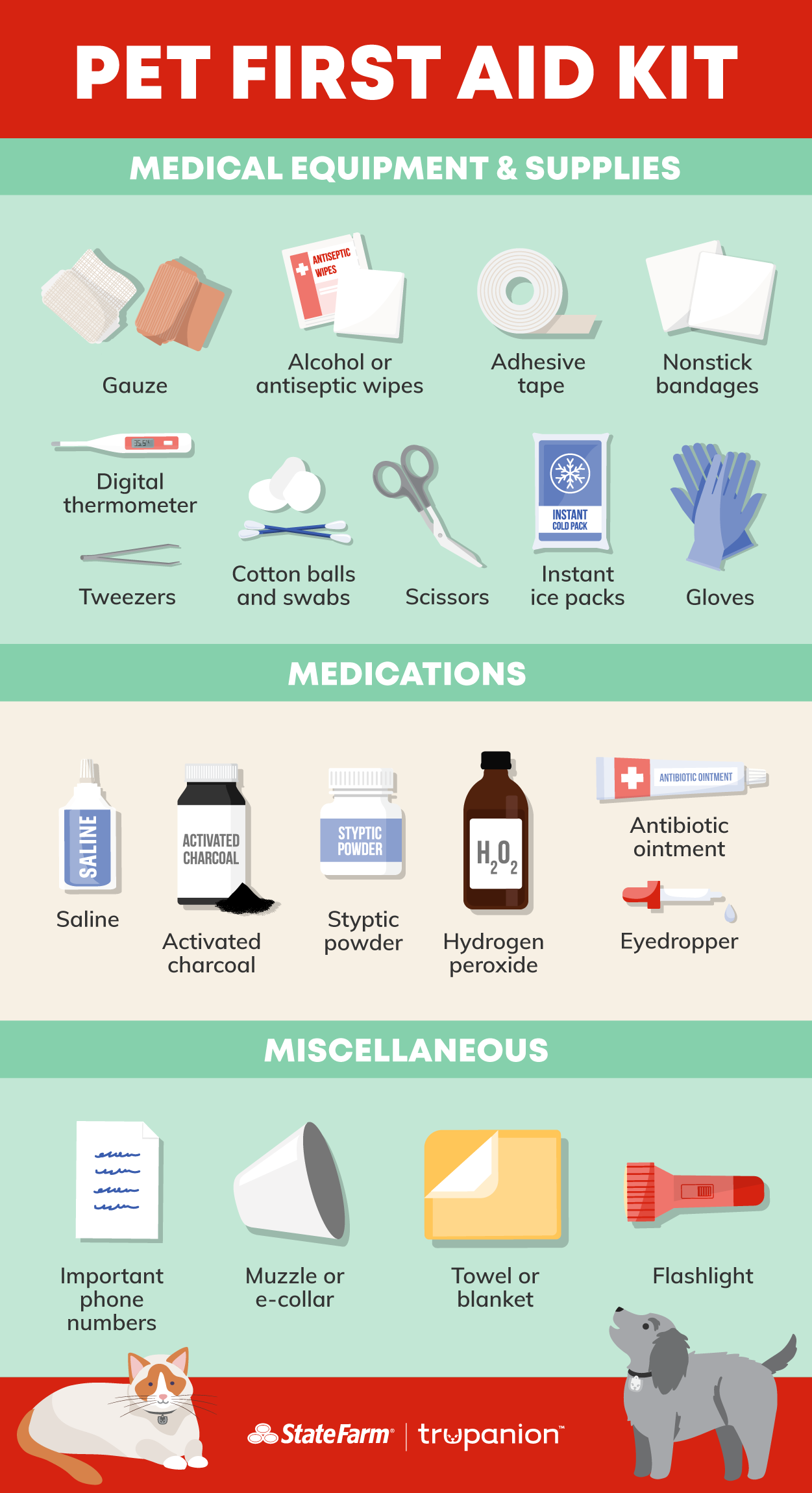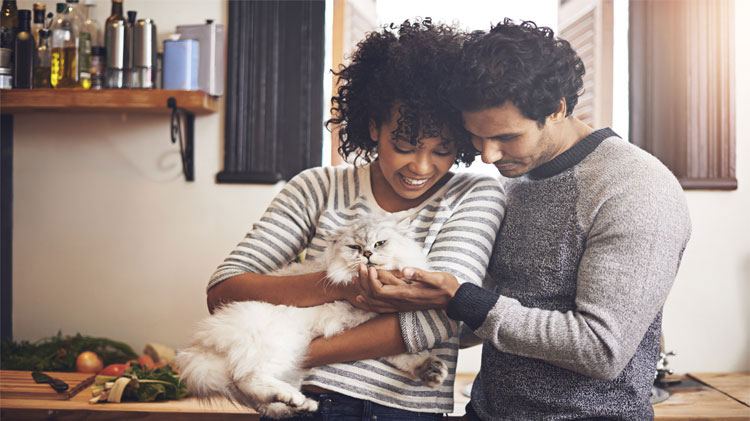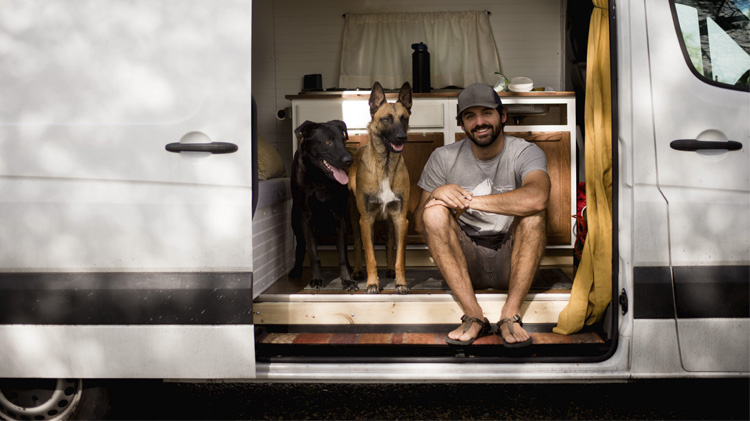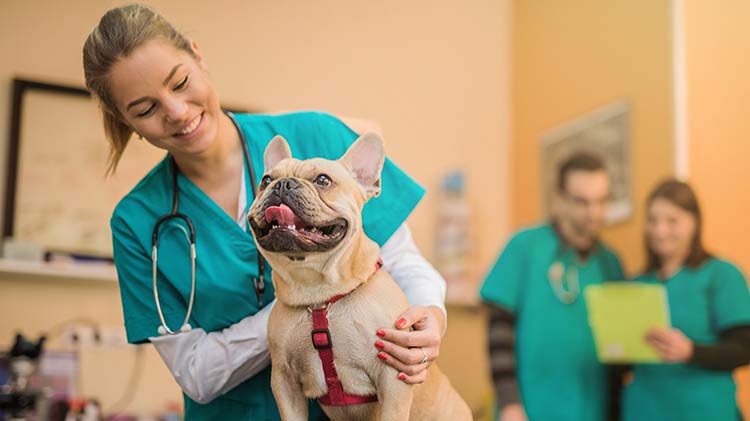Pet first aid kit: Why you need it and how to make one
Consider packing a pet first aid kit to help prepare you for pet emergencies.
Life as a pet owner can be full of surprises, and pets can hurt themselves at anytime, anywhere. Despite our best efforts to keep them safe, accidents can still happen.
April is National Pet First Aid Awareness Month, but it’s important to be prepared for potential pet emergencies year-round. That’s why having a pet first aid kit is essential for addressing common pet emergencies promptly and effectively — from treating wounds and administering medications, to handling an emergency until medical help can be reached.
When time is of the essence, knowing basic first aid care could help save your pet’s life. Not to mention, it can help you stay calm, cool and collected in an emergency.
What to pack in your cat or dog first aid kit
Items to include in your pet first aid kit will vary depending on your pet and the types of activities they participate in. That said, we created a visual cheat sheet that contains everything the ASPCA Animal Poison Control Center recommends for your pet first aid kit. You’ll notice that many of the items you might find in your own emergency kit can be used for pets, too!
- Gauze
- Nonstick bandages
- Adhesive tape
- Cotton balls and swabs
- Hydrogen peroxide (used to induce vomiting in an emergency)
- Instant ice packs
- Gloves
- Scissors (for cutting fur, bandages, and even a leash or collar)
- Tweezers (for removing splinters and foreign objects)
- Eyedropper (used to give oral treatments or flush wounds)
- Antibiotic ointment (human products aren’t always pet-safe)
- Flashlight
- Muzzle or E-collar
- Towel or blanket (used for providing warmth, restraining your pet or controlling severe bleeding)
- Alcohol or antiseptic wipes (for cleaning wounds and preventing infection)
- Digital thermometer
- Styptic powder (used to control bleeding from wounds or torn nails)
- Activated charcoal to absorb poison (only if instructed to do so by your veterinarian)
- Saline (for cleaning wounds and flushing away debris)
- Important phone numbers (veterinarian, emergency hospital, poison control, animal control)
Common pet emergencies and how to respond
No matter how stressful the situation may be, try not to panic. Pets can sense our emotions, so staying calm can help keep your pet calm, too. The first thing to do in a pet emergency is call your veterinarian or local veterinary emergency hospital. They can provide expert guidance and step-by-step instructions on basic dog or cat first aid care until you reach the hospital.
As you follow your veterinarian’s recommendations, handle your pet with extreme caution. No matter how friendly your pet might be, pets can bite or scratch when in pain, so consider using a muzzle or E-collar just in case. It’s always important to practice safe driving when transporting your pet in a car, but it’s especially important if your pet is injured.
Here are some common scenarios when you might need to use a pet first aid kit:
Wounds
- Put pressure on the wound with gauze or a clean cloth to stop the bleeding. You can also use styptic powder to help control the bleeding.
- If there’s debris in the wound, flush out the debris with saline or clean water.
- For severe wounds, provide constant pressure using towels.
Seizures
- Don’t try to restrain your pet or wake them from the seizure. Stay with your pet until the seizure ends.
- Don’t place your fingers in or near your pet’s mouth.
- Keep your pet away from any objects that might hurt them. If they’re on a hard surface, consider placing a pillow or cushion under their head.
- Set a timer and keep track of when the seizure starts and ends.
Choking
- If your pet starts choking, carefully hold their upper jaw open with one hand and look for any sign of a foreign object.
- Don’t put your fingers in your pet’s mouth unless you can clearly see and grab the foreign object.
- For smaller pets, wrap your arm around their lower belly and lift their legs into the air. Gravity alone can help clear the obstruction.
- For larger pets or if you can’t remove the foreign object, hit your pet between the shoulder blades 4-5 times with the heel of your hand. You can also try the Heimlich maneuver just like you would if a person was choking.
Poisoning
- Help mitigate the risk of pet poisoning by keeping toxic products like cleaning supplies, rodent poison and antifreeze out of paws reach. It’s also helpful to be aware of which common household products and plants are harmful to your pet.
- If your pet’s skin or eyes are exposed to something toxic, check the label and follow the safety instructions in the event of accidental exposure.
- If your pet has eaten or swallowed something toxic, call your veterinarian, the Animal Poison Control Center hotline (888.426.4435) or the Pet Poison Helpline (855.764.7661) immediately.
A pet first aid kit can also come in handy in many other pet emergencies, including:
- Minor cuts
- Snake and bug bites
- Allergic reactions (swelling, hives and itching)
- Digestive issues
- Heatstroke and dehydration
- Hypothermia
- Toxicity
- Fractures or sprains
- Internal bleeding
- Burns
- Breathing difficulties
Additional pet first aid tips
In addition to creating your own pet first aid kit, there are several proactive steps you can take to help keep your pet safe.
- Consider taking a pet CPR and pet first aid course. Knowing how to administer basic first aid can be invaluable in an emergency.
- Remember the ABCs of first aid, which stands for airway, breathing and circulation. Prior to CPR, ensure that your pet’s airway is clear, observe if they’re breathing and check for circulation by taking their pulse.
- In addition to a pet first aid kit, also consider having a pet emergency bag in the event of a natural disaster or evacuation.
- Safe is better than sorry, so keep your pet secure and on a leash at all times — especially if you enjoy outdoor pet activities like hiking and camping.
- The American Red Cross has an app to help pet owners with common pet emergencies. The Pet First Aid App only takes a few minutes to install on your phone and is available on the App Store and Google Play. They also offer a 30-minute online pet first aid course that you can complete at your own pace.
- You know your pet best, so keep an eye out for any changes in their behavior and temperament. Any sudden changes could be a sign of an injury or other health issue.
- To help your pet get the veterinary care they need in an emergency, consider investing in pet insurance.
Being prepared can be one of the best gifts you can give your pet, but even the most comprehensive first aid kits aren’t a substitute for veterinary care. Any time you perform first aid on your pet, consult or visit your veterinarian.
